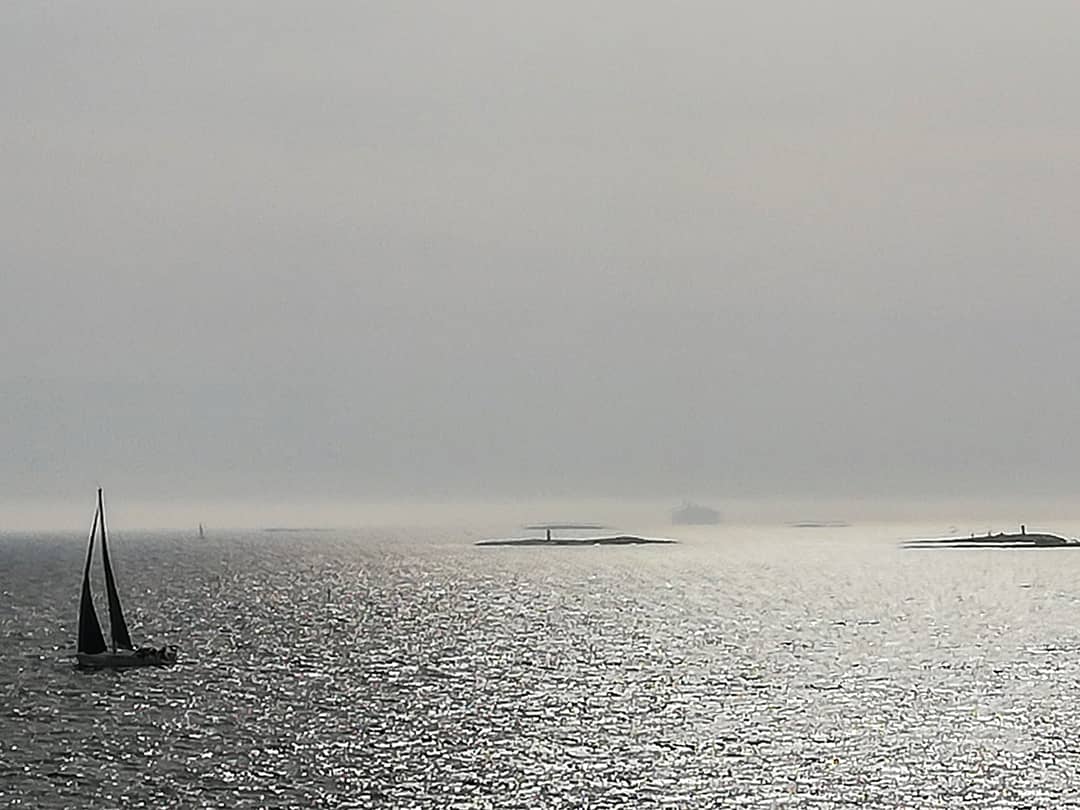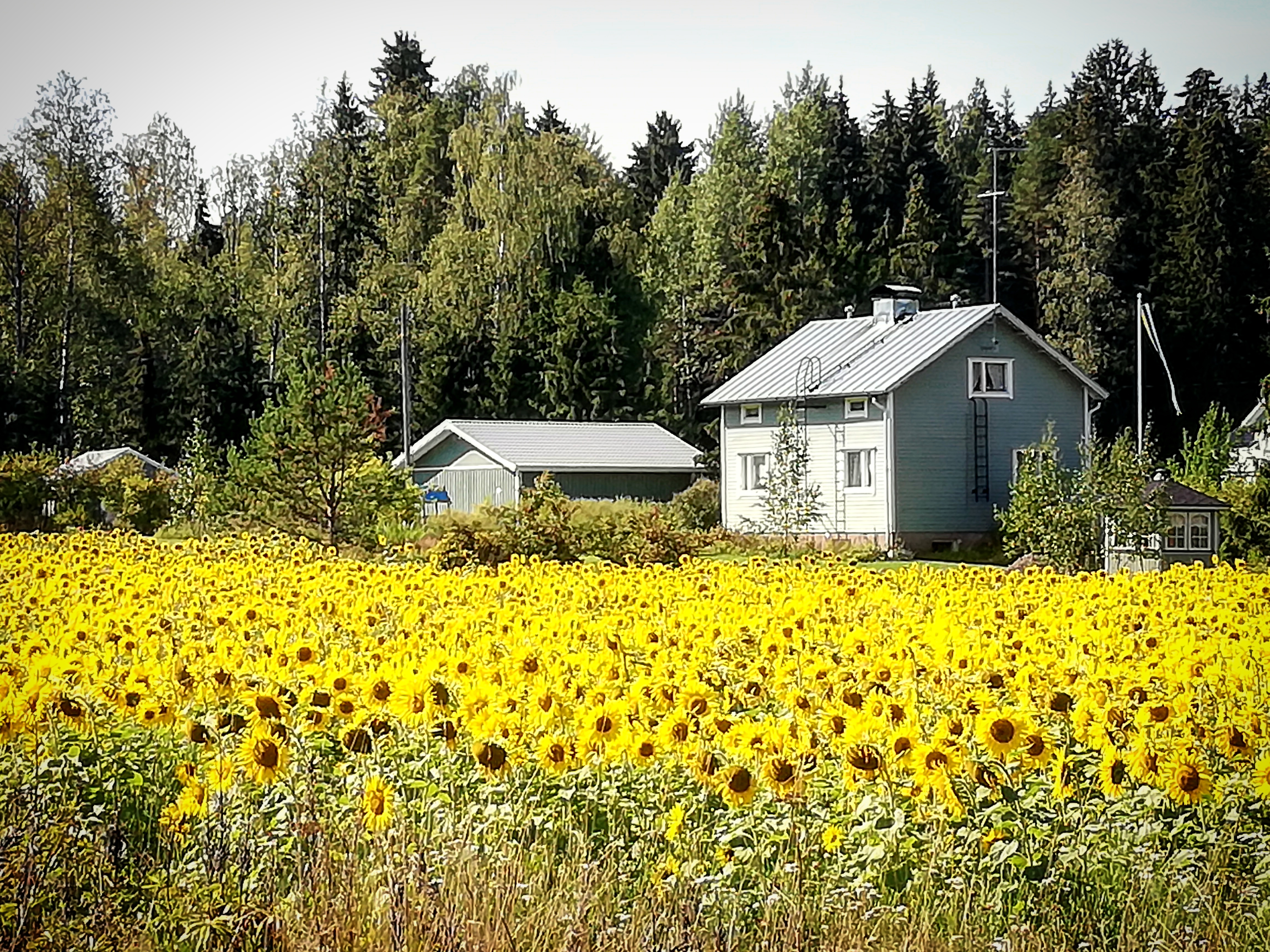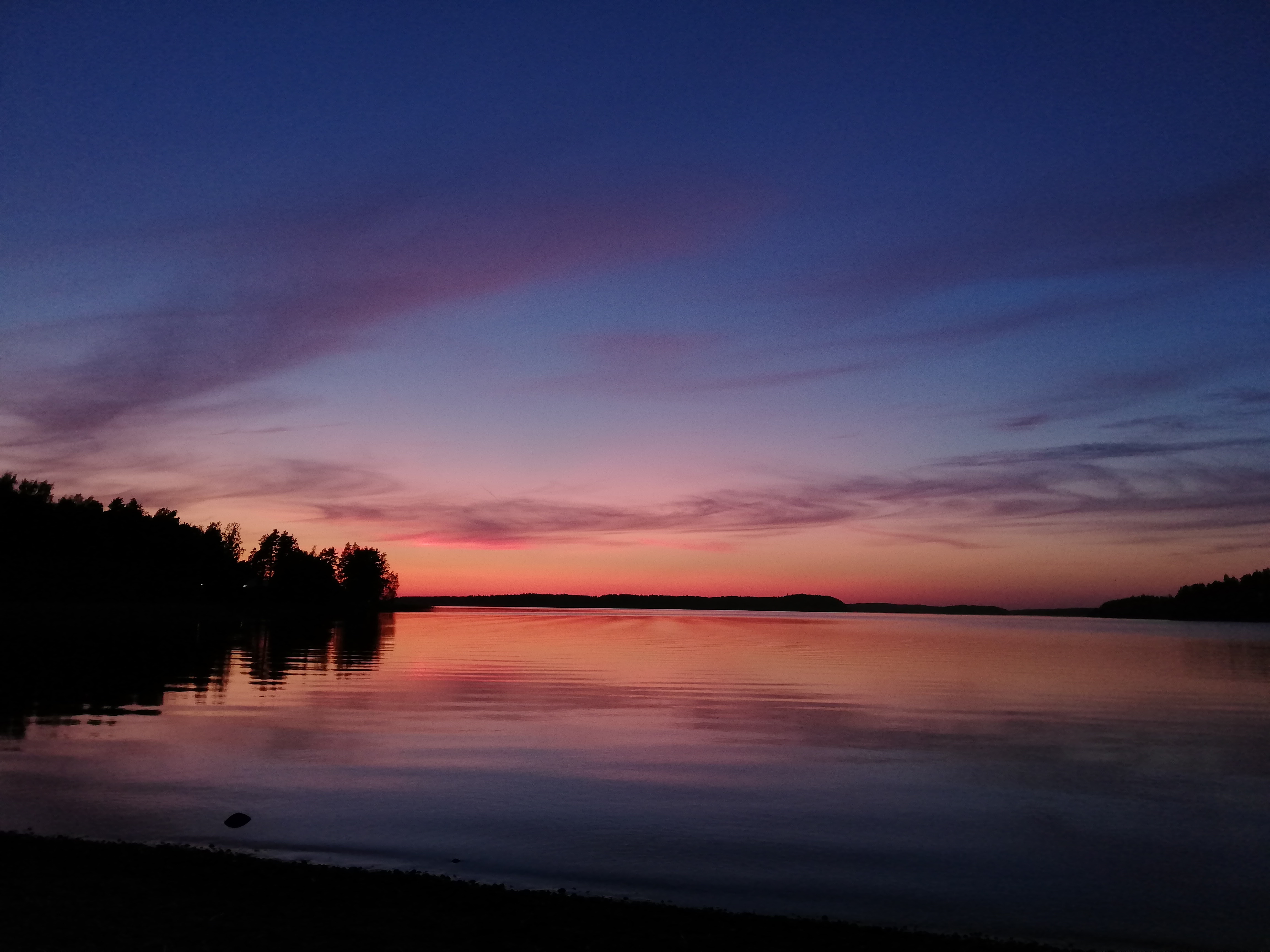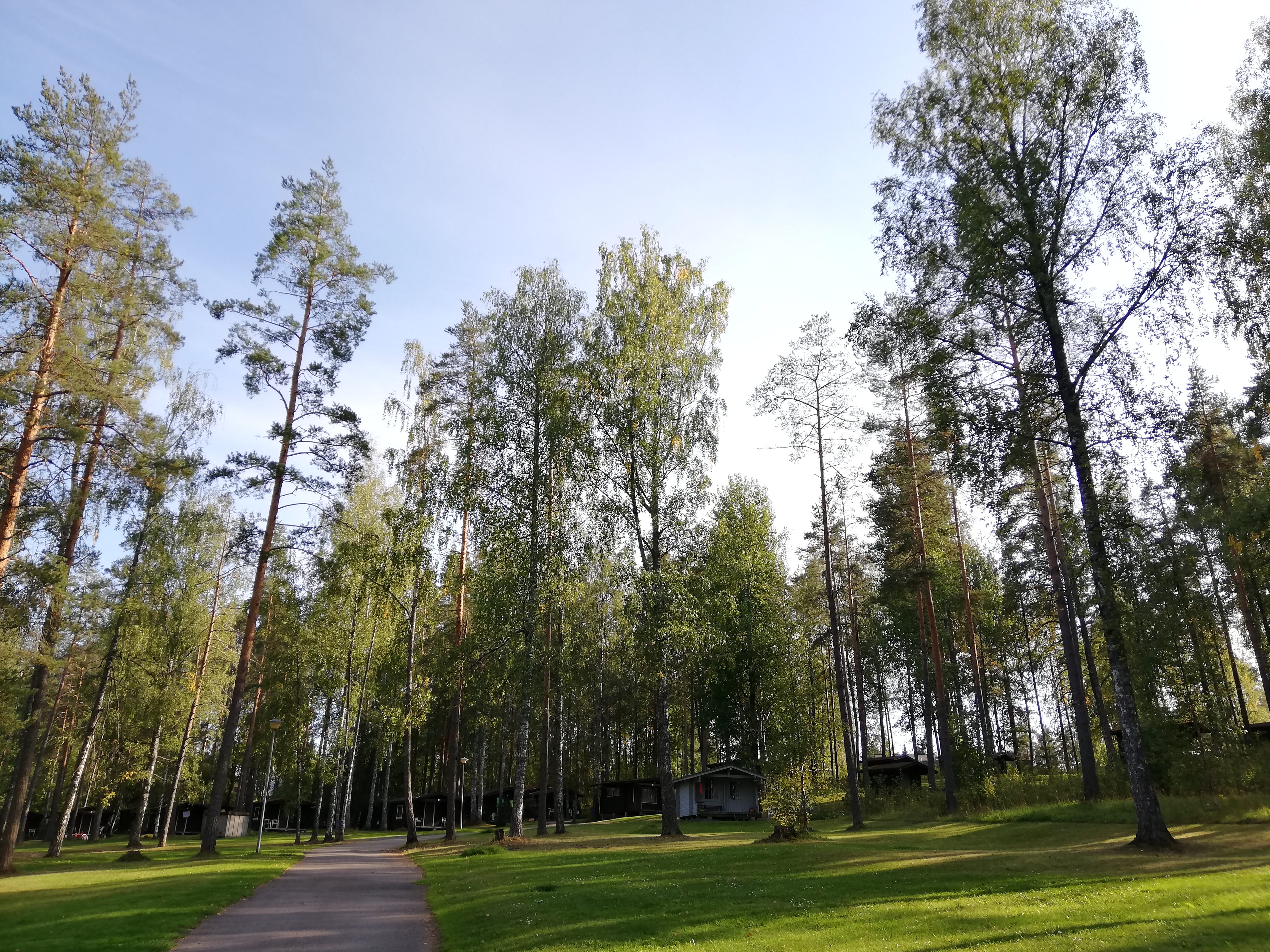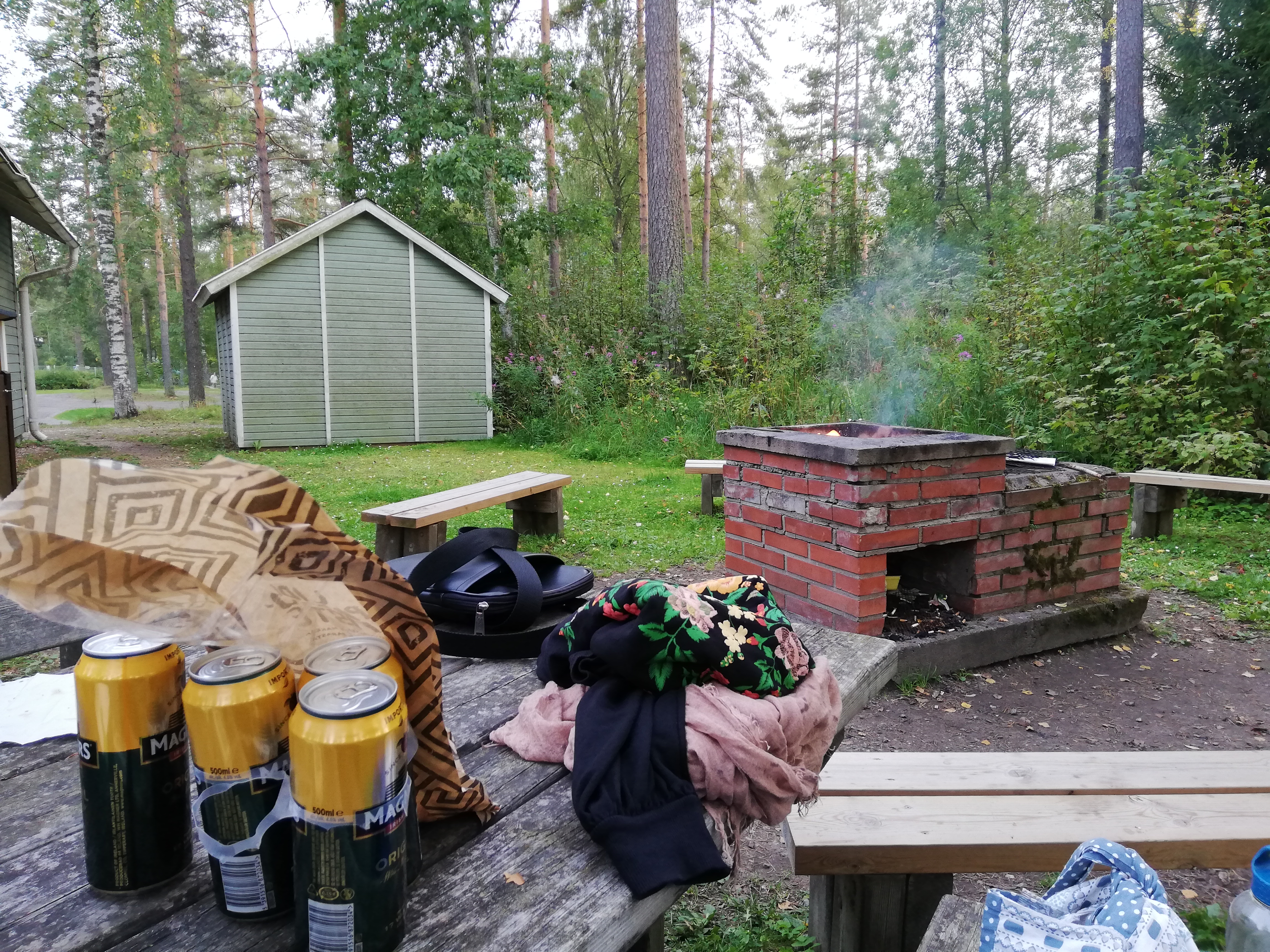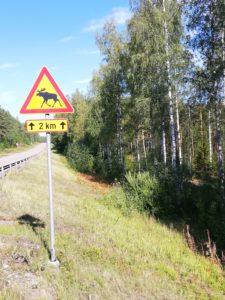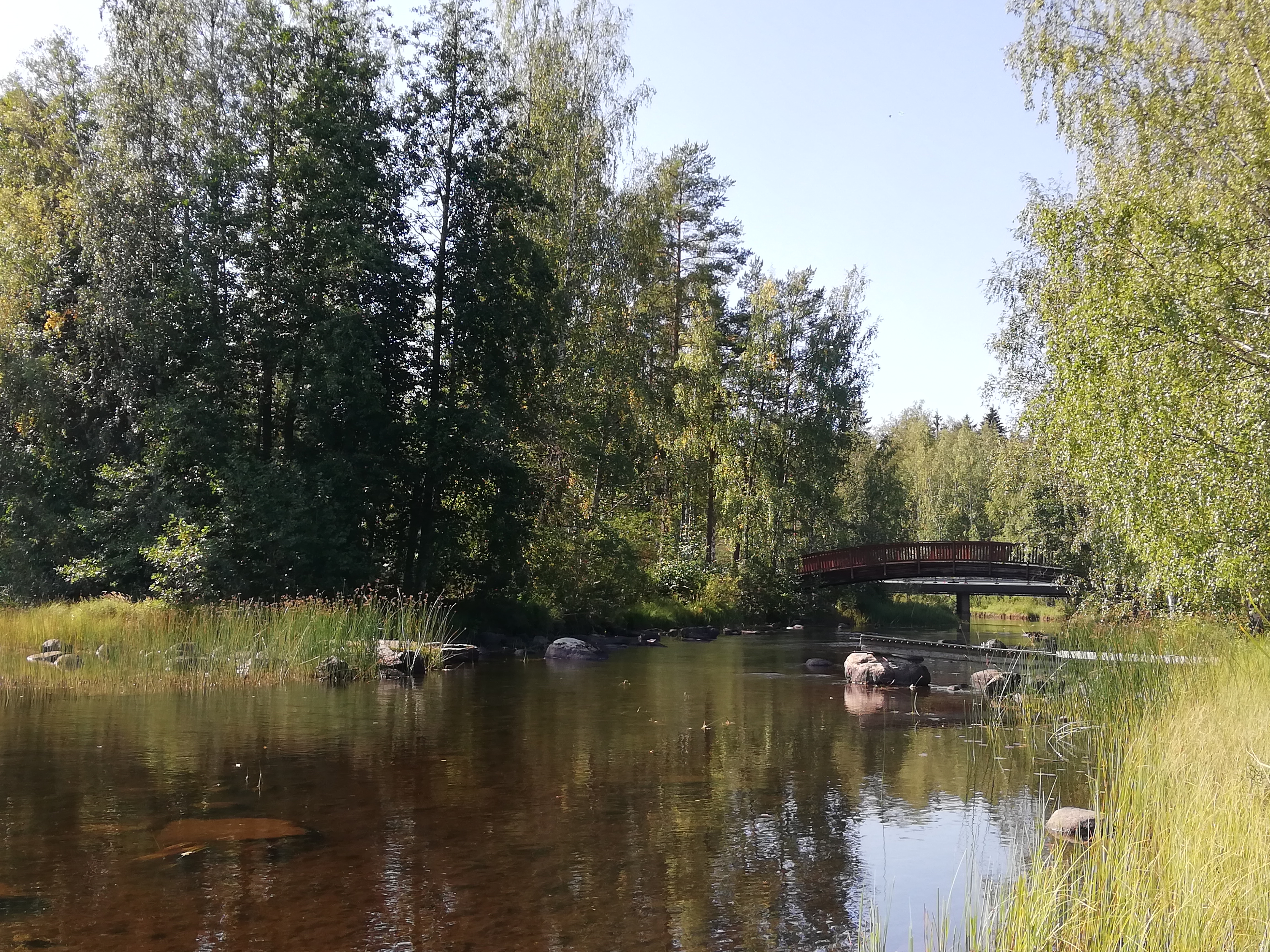Finland: the light and the Finnish smile
Departures
The evening before any departure is filled with expectation.
So many questions fill the air: will we be fine? Who will we meet during our journey? What taste will the food have, there? Have I packed everything I need?
In these doubts lies the beauty of every journey: the unknown, the arrival where we have never been before, the attempt to change through the landscapes and roads that will welcome us.
We embark on a journey to come home a little different, to experience pieces of new life, to buy us time, to get new points of view. We travel to laugh, to be amazed, to forget everyday problems or to try to solve them.
I travel because I know that I am really me only I am on the road: I am a better person when I get lost in countries that are not mine, I am nicer, lighter but also deeper. I know that only when I travel, I really evolve.
Light
The trip to the Lakes district in southern Finland, and Tallinn, lasted less than two weeks. To relive it now through writing, while I find myself sunk in these first dark days of a new winter in Turin, brings back to mind an element among all: the light.
A silver light accompanies us to the fortress island of Suomenlinna, about 15 minutes by ferry from Helsinki. It reflects pearly on the horizon, it touches the sails of a boat that passes in the distance as we arrive at a secluded beach far from the King’s Gate (Kuninkaanportti), far from the chatter of the few visitors at this time of the year. We take off our shoes and put our feet in the water of the Gulf of Finland. The world feels distant, here. Only the light changes, inside, over and around us.
A golden light embraces a field of sunflowers on the road that leads us from Porvoo to Lappeeranta. A few metres from this yellow sea, there is a gray house with an iron staircase leading to the roof and two more leading to the main windows. They remind me of those you can see in swimming pools to get out of the water or reach high trampolines. We will see them everywhere in this part of Europe and each time we will comment more or less in the same way: “There are no thieves here!”. Every time we are surprised by our Italian cynicism that has led us – willy-nilly – to lose faith in the Others. We will stand shocked in front of doors left wide open for our arrival. We will marvel at the safety of the streets at night. We will be impressed with respect for res publica.
A bronze light welcomes us on the first evening at our Lappeeranta campsite. Our home tonight will be one of these wooden cottages, separated from each other enough to ensure silence and privacy. Our kitchen will be a protected outdoor grill, embraced by hundreds of birches swaying above us. We will smoke the place, because we are not exactly barbecue masters at the beginning of this journey. The horizon at the end of the day will welcome us in front of the lake. With the passing of the minutes, it turns on with the tones of brass, fire, and then vanishes off in the blue of the night.
For the first time in months I feel grateful for the freedom I have and which I always take for granted, for the beauty of this planet, for the clean and warm showers of this campsite, but above all for not having set fire to Finland to cook two sausages.
Real-world evidence and Finnish nightmares
You do not notice it during the first few days. You’re too busy figuring out where you are to focus your attention on how the people living there behave, where you’re trying to get your bearings.
Then, you glimpse certain things, but for some time you still doubt your ability to analyze and keep these considerations to yourself.
Then, you begin timidly to tell your fellow travelers and discover that they share your hypotheses and your doubts. And then, the veil of discomfort falls and you begin to quibble at it at every possible opportunity: an analysis develops around the “Average Finn” and their habits, and this becomes one of the hottest topics of those 1100 kilometers that you will end up driving together.
Let’s start with public transport. On average it is very expensive if you compare it with the average ticket costs in Milan or Turin (where in 2019 a metro or tram ticket costs € 1.70 -2 €). Finnish public transportation means are not always on time: they are often even early. Dear Italian readers, repeat aloud with me: EARLY. They are efficient, clean, there are no writings on the seats, there are no spits on the windows, everyone stamps a ticket which is often electronic, and they are also pretty.
Well.
Well, on these exceptional public transport means, we have noticed the following:
1. The average Finn boarding a bus/a train/a tram tends to wear headphones
2. Their musical repertoire – unlike what happens on any Italian public transport – is not shared with the rest of the travelers. It remains inside the ears of the wearer of headphones, which consequently tends not to speak with anyone for the whole journey.
3. The wearer of headphones tends to sit away from other travelers, if seats are available.
4. The wearer of headphones does not show any guilt to leave the place occupied next to another traveler, in case it becomes possible to grab a seat away from other wearers of headphones.
5. Consequently, a trip on any Finnish means of transport is equivalent to a silent/quiet experience that allows the brain to rest. After this careful analysis, we concluded that a trip on tram #4 tram in Turin, in the morning rush hour, could seriously damage the health of the average Finn.
Let’s move on and analyse outdoor public transport stops. For most of the year, Finnish weather is not characterised by heat peaks and sunny days. Although we exponentially fared better than described by all the travel guides used in the organisation of this adventure (during which we wore mainly short sleeved T-shirts and cotton pants), we also noticed that in case of rain the average Finn awaits the arrival of the public transport outside the covered canopy. If possible, a few meters away from it. After several randomised blind studies, we therefore concluded that personal space is a fundamental concept in Finnish culture. It doesn’t matter how much rain is needed to ensure its protection.
The theory of the importance of personal space is applied and adopted also by the Finnish fauna. Before leaving, we had read about very probable meetings with moose and reindeer. We had dreamt of smiling at ringed seals of Lake Saimaa, endangered creatures which can be found in very small numbers (around 300 specimens) only in Finland’s largest expanse of water.
We had – in other words, less diplomatically – expectations that were, to say the least, imbecile, given the vastness of the territory and our brief stay in the nation. But you know, travellers embark on their trips with positive and purposeful attitude, and hope for a miracle. Finnish animals do not care about expectations and fortunately they avoid contact with humans.
The one incredible exception to this rule manifested itself as a dream, along road 75 to Tampere, when a moose appeared on the side of the roadway. We stopped the car as quickly as possible and ran down to the point where we had spotted the animal only a few tens of seconds before. Once there, we found nothing. We have not conducted any clinical studies in this case: we have simply established that moose surely do not wait for us to be seen, and that we are losers wherever we travel to.
Let’s then ponder on elevators. On average, they are similar to those found throughout the world: Finnish elevators are small, narrow, but clean. There are no Nazi writings on their walls, there are no spits on the ground, and they rarely smell of sour armpit. The average Finn, however, appears to be seriously challenged in such cramped environments. He or she tends to stubbornly observe his or her feet, or the wall, until he or she reaches the desired floor. He or she prefers not to greet or thank at the entrance and exit. After several triple-blind clinical studies, we therefore established that in this sense the three of us are very Finnish inside.
Let’s now analyse the love for forests. On average more likely in Finland, where 65% of the land is covered with pines, firs and birches, woods are an opportunity for peace for the residents, who never feel alone or lost while enjoying them. According to the Finnish concept of Everyman’s right, every human being has free access to the forests and the precious fruits that they can provide, such as berries (first of all, the ubiquitous and delicious raspberries), clean air and mushrooms . Therefore, Finnish forests are respected and are regularly raked, which avoids the emergence of disastrous fires, typical of other latitudes. After several multi-centre clinical studies, we stipulated that the average Finnish forest could die of a broken heart if it met its Ligurian counterpart, where the rationalised care of natural resources does not appear to be among the priorities of those who are paid to manage them.
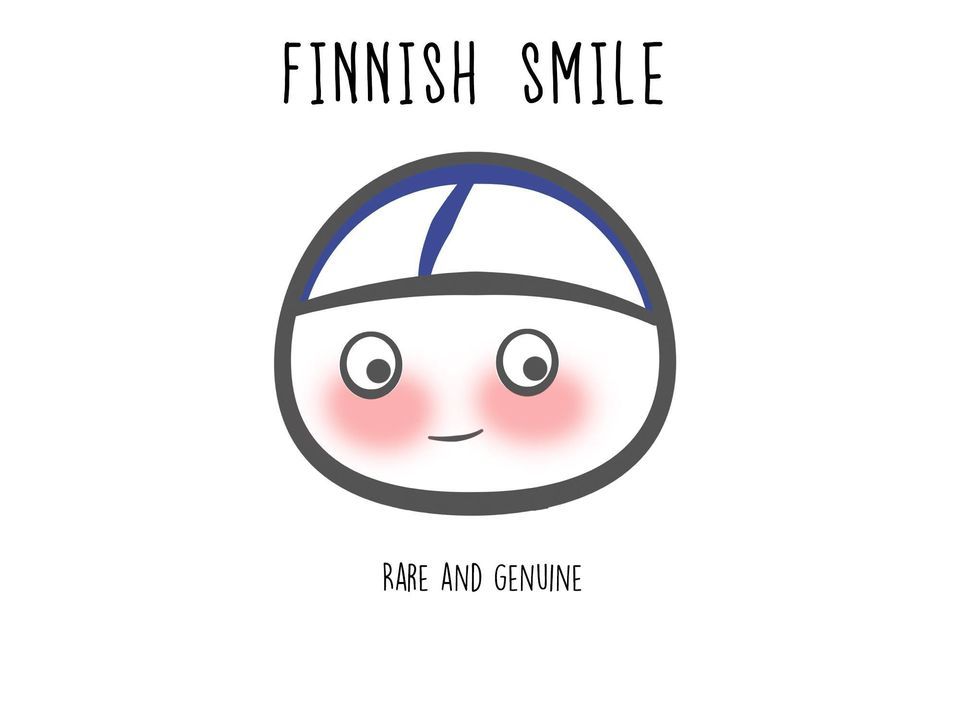
Let’s conclude with the concept of smile. The average Finn is uncomfortable in various social situations that we, hot fiery Mediterraneans, find ordinary: Finns do not like physical contact, do not appreciate those who address them aloud in public, do not like to interrupt conversations, tend to lower their eyes in case someone looks into their eyes, and above all they have no bloody time for chit chat and petty conversations (in this regard, please visit this fantastic blog and meet Matti: http://finnishnightmares.blogspot.com/). Nevertheless, at the end of our cross-sectional descriptive studies and having overcome the initial disbelief when we were confronted with these discoveries, we agreed that the average Finn is less smart-ass than the average Italian and when he or she smiles at you, his or her smile is indeed way more sincere and genuine.

